Understanding Scheduled Property Insurance
Scheduling property on an insurance policy involves listing individual items separately to ensure they are covered for their full value. This type of coverage is particularly useful for high-value items not adequately covered under standard personal property limits of a homeowners or renters insurance policy. As a general rule, the contents of your home is covered under the personal property limit of the policy. However, specialty items or non-standard property may not be covered to the full value unless it is specifically listed on the policy.
When to Consider Scheduling Property
Several scenarios make scheduling property a wise choice:
1. High-Value Items: If you own items like jewelry, art, or collectibles that exceed $2,500 or the standard coverage cap set by your insurance policy, scheduling these items can ensure full coverage.
2. Enhanced Protection for Specific Risks: Scheduled property insurance can protect items from specific perils that might typically be excluded under a standard policy, such as accidental loss or damage.
3. Frequent Use or Travel with Items: If you frequently wear or carry high-value items outside your home, scheduling them ensures they are covered worldwide, not just at your residence.
4. Items Requiring Professional Appraisal: Items like rare antiques or unique pieces of jewelry that require an appraisal are good candidates for scheduling. This ensures you can present a documented value if the item needs to be replaced.
5. Specialty or Non-Standard Items: Property that is not found in most homes such as: custom art or musical instruments, sports and recreational equipment, luxury fashion goods, sewing and quilting machines, large collections, and e-bikes or scooters.
How to Schedule Items on Your Policy
To schedule property on your insurance policy:
- Compile a List: Start by creating a detailed inventory of the items you wish to schedule.
- Get Appraisals: Obtain professional appraisals for high-value items to ensure they are correctly valued.
- Contact Your Agent: Discuss adding a scheduled personal property endorsement to your policy with your insurance agent. They will guide you through the process and any documentation required.
- Review Regularly: Periodically review and update your scheduled property list to reflect any new acquisitions or changes in value. Scheduling property provides peace of mind knowing your valuable items have coverage that reflects their true worth, offering full financial protection against loss or damage.
Benefits and Disadvantages of Scheduling Valuable Property
Scheduling valuable property on your insurance policy establishes the existence of the property and the value. Then, in the case of a loss, there isn't a complicated process to prove the prior ownership of the high value items. In many cases there is no coverage for specialty items unless they are specifically scheduled on the policy.
Potential drawbacks to be aware of include additional premiums for the scheduled property, and the process of scheduling and maintaining the schedule. To schedule things like jewelry, an insurance carrier will often require an appraisal. Other things, like machinery or electronics, will need to be scheduled by providing receipts to establish the values of the items.
Talk to Your Agent
If you have any questions or concerns about what might not be covered on your insurance policy, reach out to your insurance agent. It doesn't hurt to ask. You may be told that something is already included in the standard contents coverage. But that's better than assuming there's coverage and being wrong.
